Planting in this way, increasing production and income of camellia oil is no longer a difficult problem!
2017-12-01 the voice of star anise of tea and oil
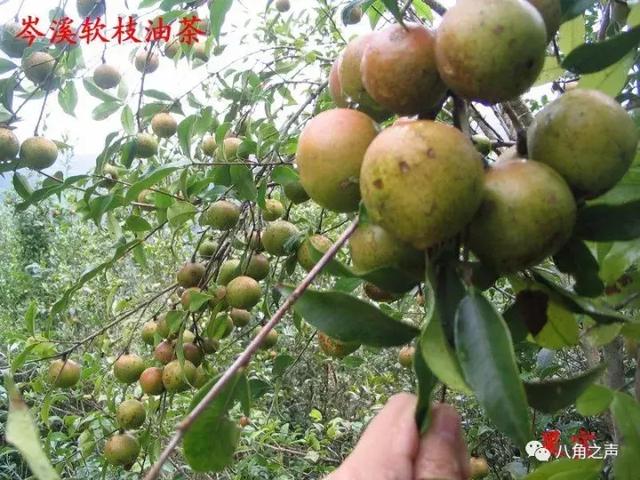
This paper briefly describes the common cultivation techniques of Camellia oleifera for growers' reference.
1 seed selection and seedling raising
1.1 breeding of improved varieties
The improved varieties of Camellia oleifera in Guangxi approved by the national forest varieties are Cenxi Ruanzhi Camellia oleifera, Cenrou 2, Cenrou 3, Guiwu 1, Guiwu 2, Guiwu 3, Guiwu 4, Guiwu 5, Guipu 32, Guipu 101 and so on.

1.2 nursery site selection and post-sowing management
Nursery land should be selected in a place with flat terrain, deep soil, fertile soil, loose soil, good drainage and convenient irrigation. Do not choose heavy sticky land and vegetable land, Camellia oleifera continuous cropping land as a nursery. During soil preparation, appropriate amount of farm manure should be added to turn and rake several times to make a seedbed with a width of 1-1.2m, and a good drainage ditch should be opened around. When sowing, single-row strip sowing should be adopted, plant spacing is 3-5cm, row spacing is 10-15cm, and sowing rate is 1 500 kg per hectare. After sowing, cover the soil with 4-5cm, then cover it with straw or loose hair. After the seedlings are unearthed, they should be watered at the right time, shade measures should be taken to prevent sunburn and death, intermediate ploughing and weeding should be carried out at any time, thin foliar fertilizer should be sprayed regularly, diseases and insect pests should be controlled, and other nursery management measures should be taken.
(2) cultivating grafted seedlings
In order to achieve the goal of early fruiting, high yield and high quality, 1-year-old grafted nutrition bag seedlings are generally used in Camellia oleifera plantation. The grafting seedlings of Camellia oleifera are usually cultivated by two methods: peeling and grafting seedlings and bud rootstock grafting seedlings.
2.1 Seedling by peeling and mosaic
Torn skin mosaic seedling is to insert the ear strips collected from the pre-prepared excellent variety mother tree directly into the torn rootstock cortex. Then cut the rootstock, uncover and unbind the grafted seedlings, remove buds, fertilize and weed, control diseases and insect pests and so on. Finally, the nutrition equipment is transferred to continue to cultivate until the standard of coming out of the nursery is reached, and then the afforestation can be carried out on the mountain.
2.2 Seedling raising by grafting of bud seedling stock
The grafting of bud seedling rootstock is a kind of split grafting method, in which the young buds of the selected seeds germinated but not unfolded leaves are used as rootstocks, and the current superior trees or excellent clone techniques are used as scions. Then the bud grafted seedlings were transplanted to the pre-made seedbed according to the row spacing of 6 × 15cm. Shading, cutting rootstocks, weeding, moisturizing and drainage, prevention and control of diseases and insect pests will be done in the next year and a half. When the seedlings grow above 30cm and the diameter is above 0.3cm, they can go out of the nursery and go up the mountain for afforestation.
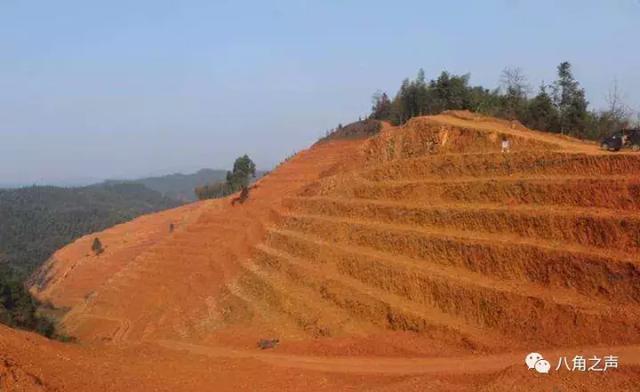
(3) afforestation and establishment of garden
3.1 Forest land selection
The afforestation site of Camellia oleifera should be planted in the sunny slope of 1500-1800m above sea level, acid sandy red soil, yellow soil or yellow brown soil with effective soil thickness above 40cm, good drainage and fertile soil.
3.2 soil preparation
According to the actual topography, in the plain or sloping land with a slope of less than 10 degrees, the land should be completely reclaimed, with a depth of 25-35 cm, and then a hole with a length, width and height of 50 cm × 40 cm × 40 cm should be dug at a fixed point, and a banded soil preparation should be carried out in the mountain area with a slope of 10-15. In order to make the soil fully weathered, land preparation should be carried out 30-90 days before afforestation. Planting holes should be dug before afforestation after soil preparation. The length, width and height of the holes are generally 50cm × 40cm × 40cm or 60cm × 50cm × 50cm. After a period of weathering, stable manure, compost and cake fertilizer were used as base manure and fully mixed with backfill soil, then backfilled to slightly below the surface, and seedlings could be planted after natural settlement. The planting and afforestation season should be carried out when Rain Water goes to the ground in spring or in the rainy season from June to July. Planting should be in strict accordance with the routine operation of one filling, two lifting and three steps, so that the root is comfortable, the seedling is straight, the soil is solid, and then pour enough water to fix the root.
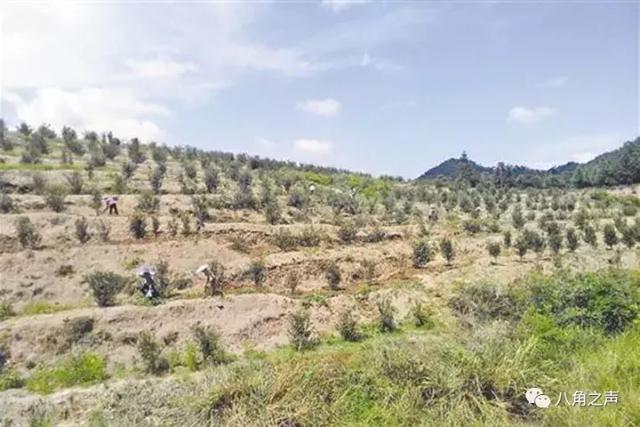
4. Tending and management
(1) replanting: large seedlings or container seedlings of the same variety type are selected and replanted in the afforestation season. (2) tending and fertilization: young trees were fertilized twice a year. In early spring, high nitrogen compound fertilizer 0.1~0.3kg was applied in a circular or arc-shaped trench within the range of 20~30cm from the plant in rainy days or before rain. The amount of fertilizer increased gradually with the increase of forest age, farm manure was applied in winter, and formula fertilization was mainly used in mature forest. (3) shaping and pruning: when the height of the trunk is 40 ~ 50cm, there are 3 or 4 strong branches around the trunk, and the main branches are 10~15cm apart from each other. The most suitable time for pruning is early spring, and the cuttings are removed in time after pruning. (4) intercropping: Camellia oleifera can be properly interplanted with peanuts, soybeans, medicinal herbs, vegetables, forages and other dwarf legumes. (5) Prevention and control of diseases and insect pests: give priority to prevention, comprehensive prevention and control, and grasp the principle of "early treatment, small treatment and good treatment".
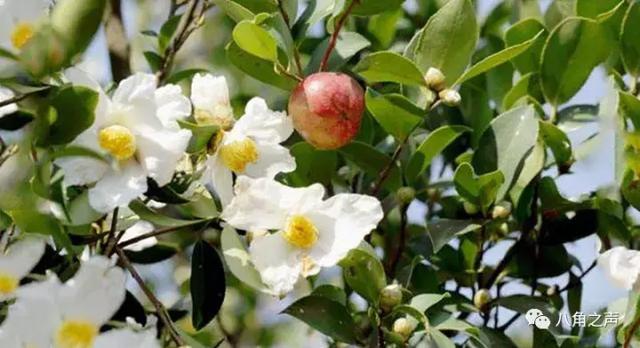
5 Summary
Key points of cultivation techniques:
Forest land selection: choose acid sandy red soil, yellow soil or yellow brown soil with sunny slope, effective soil thickness above 40cm, good drainage and fertile soil for afforestation.
Planting density: the planting density should be determined reasonably according to site conditions and variety types, and the general density should be 74-107 plants / mu.
Seedling quality: 1-2-year-old fine clone grafted seedlings (or cutting seedlings) should be planted with seedling height above 30cm, ground diameter above 0.3cm, strong growth, no diseases and insect pests and no mechanical damage.
Base fertilizer: after digging holes, organic fertilizer 2~3kg or withered cake fertilizer 1~2kg was applied to each hole.
Planting: the seedlings were planted from December of that year to March of the next year, and the roots of seedlings were not in direct contact with fertilizer.
- Prev
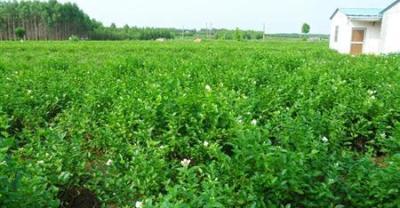
Teach you how to identify kudzu planting frauds and prepare in advance
Kudzu planting is a kind of planting project that needs technology very much. If you want to plant the same year's harvest, it is very difficult to have a bumper harvest without technology. A lot of public.
- Next
Zhengzhou planting hami melon let xinjiang hami melon face what to save?
Greedy sister to explore the camp several times to Zhangzhuang in Henan Xinmi Dakui town Zhengzhou Institute of Melon and Fruit planting base, after half a year of tracking and exploration...
Related
- Fuxing push coffee new agricultural production and marketing class: lack of small-scale processing plants
- Jujube rice field leisure farm deep ploughing Yilan for five years to create a space for organic food and play
- Nongyu Farm-A trial of organic papaya for brave women with advanced technology
- Four points for attention in the prevention and control of diseases and insect pests of edible fungi
- How to add nutrient solution to Edible Fungi
- Is there any good way to control edible fungus mites?
- Open Inoculation Technology of Edible Fungi
- Is there any clever way to use fertilizer for edible fungus in winter?
- What agents are used to kill the pathogens of edible fungi in the mushroom shed?
- Rapid drying of Edible Fungi

